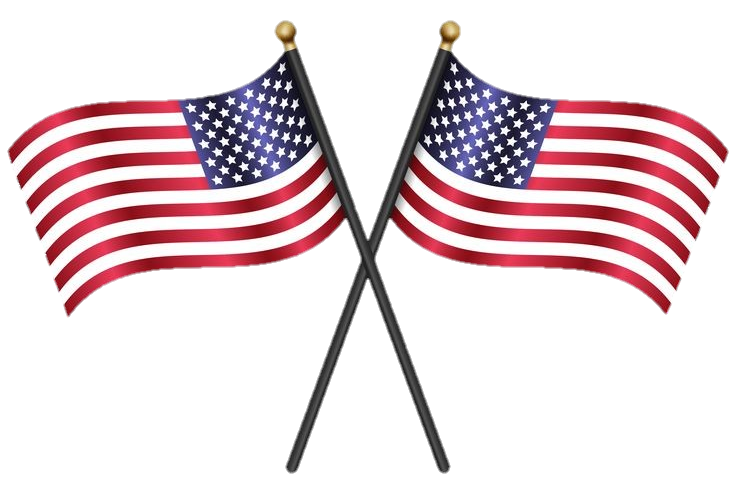









































The American flag, often referred to as “Old Glory” and “The Stars and Stripes,” is a powerful symbol that embodies the values, history, and aspirations of the United States of America. Comprising thirteen alternating red and white stripes and fifty white stars on a blue field, the flag has become an iconic representation of the nation’s unity, diversity, and resilience.
The American flag’s design holds profound symbolism. The thirteen stripes represent the original thirteen colonies that declared independence from British rule in 1776, while the fifty stars represent the current fifty states that make up the Union. The blue field, often referred to as the “union,” signifies the unity of the states, and the stars represent the strength and hope of the American people.
The red stripes symbolize courage and bravery, the white stripes represent purity and innocence, and the blue field symbolizes vigilance, perseverance, and justice. The combination of these colors and elements represents the complex tapestry of American values and the ideals that the nation strives to uphold.
The design of the American flag has evolved to reflect the nation’s growth and changes. The first official flag, known as the “Stars and Stripes,” was adopted by the Continental Congress on June 14, 1777. Since then, the flag has seen various versions, with stars added or adjusted to represent new states joining the Union. The design of thirteen stripes and fifty stars was established on July 4, 1960, after Hawaii became the fiftieth state.
Throughout history, the American flag has witnessed pivotal moments, both celebratory and somber. It flew triumphantly over battlefields during the Revolutionary War, inspiring soldiers to fight for freedom. It endured the hardships of the Civil War, symbolizing the nation’s struggle for unity and equality. The flag stood as a beacon of hope during times of crisis, such as the World Wars and the September 11 attacks. It has been present at presidential inaugurations, space exploration achievements, and countless other significant events, connecting generations of Americans through a shared history.
The American flag’s unifying power lies in its ability to transcend differences and unite people under a common identity. Regardless of race, religion, background, or political beliefs, the flag represents the ideals that bind Americans. It symbolizes the freedoms and opportunities that the United States offers its citizens and a reminder of the responsibilities that come with those privileges.
The flag’s ability to evoke patriotism and a sense of belonging is evident during national events like Independence Day, Veterans Day, and Memorial Day, where citizens proudly display the flag and honor the sacrifices made by those who defended it. The flag also provides inspiration and motivation, reminding individuals of the nation’s capacity to overcome challenges and work towards a better future.







Leave a Comment